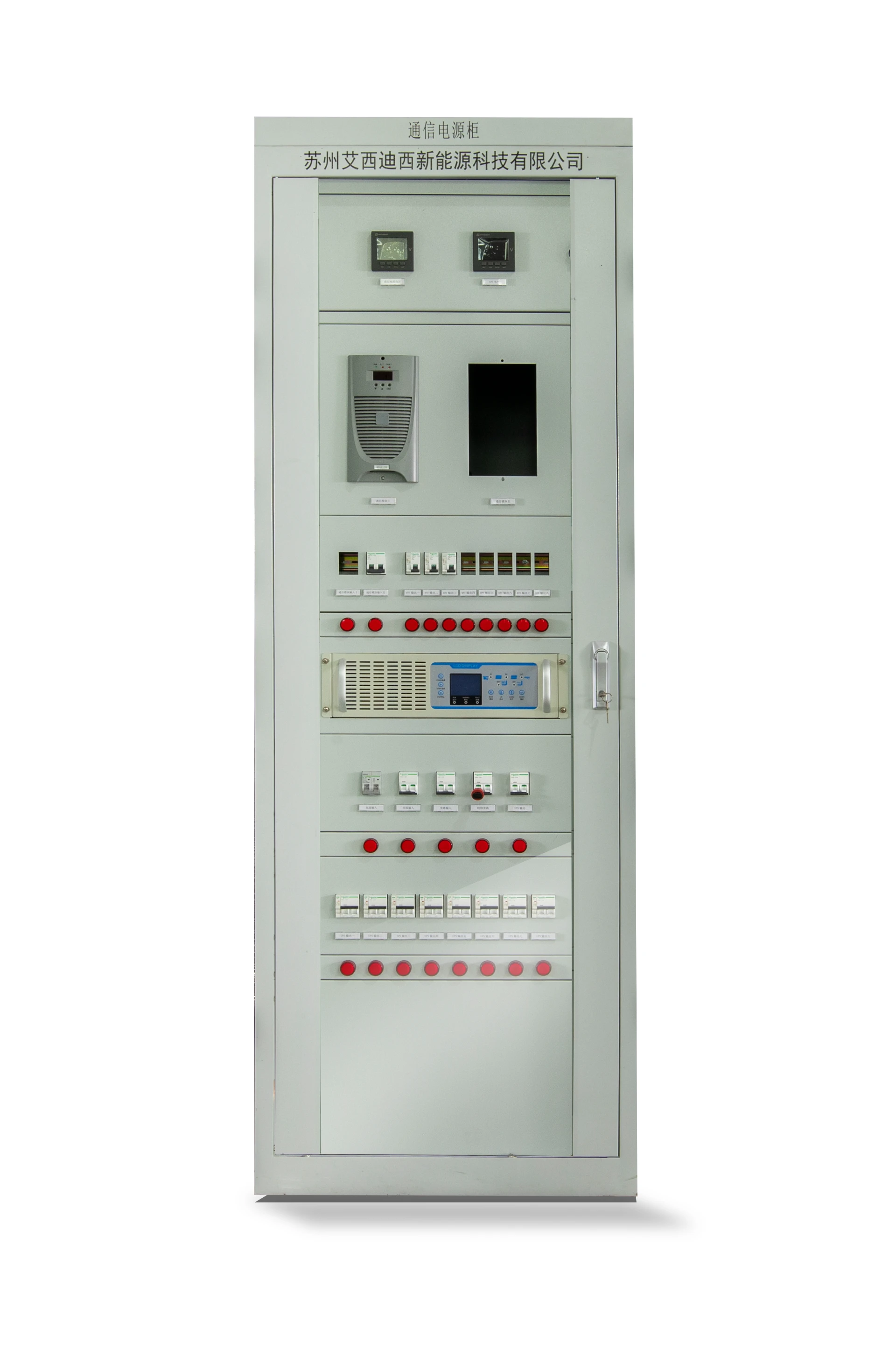
7월 . 22, 2025 12:01 Back to list
Advanced Energy Management System EMS OEM Solutions
Enterprise Profile: Suzhou ACDC New Energy Technology Co., LTD.
- Official Website: https://www.acdcbess.com
- Email: beika@acdctech.com.cn
- Phone: 008613285182182
- Address: No. 58 Tongxin Road, Tongan town, Suzhou, Jiangsu province, 215000
Suzhou ACDC New Energy Technology Co., LTD. stands at the forefront of the global new energy sector, focusing on cutting-edge energy management system solutions and tailored OEM EMS products for telecom, industrial, and renewable sectors.

1. Introduction to Energy Management System (EMS)
An energy management system (EMS) is a sophisticated digital platform designed to monitor, control, and optimize energy consumption across residential, commercial, industrial, and utility sectors. By leveraging real-time data analysis, machine learning algorithms, and advanced hardware interfaces, EMS solutions play a pivotal role in enhancing energy efficiency, reducing operational costs, and ensuring grid stability.
According to the International Energy Agency, the global market for energy management systems is projected to expand at a CAGR of 16.8% from 2023 to 2030 (IEA - Digitalisation and Energy). OEM energy management system solutions are increasingly demanded by sectors such as telecommunications, manufacturing, and data centers due to scalability and customization features ([Energy Manager Today](https://www.energymanagertoday.com/energy-management-systems-market-0188746/)).
2. Industry Trends: Energy Management System EMS
- Digital Twin & AI Integration: Modern EMS harness AI-driven analytics and digital twins for predictive maintenance and optimal resource allocation (IEEE Xplore: Digital Twin Assisted Energy Management System).
- Cloud-Based Platform Adoption: Secure cloud EMS deployment is on the rise, providing real-time access and big data processing.
- OEM Energy Management System Growth: OEM EMS demand is surging among telecom and industrial equipment integrators for plug-and-play solutions.
- Integration with Renewables & Storage: Seamless integration with PV, wind, and battery storage systems is a key innovation driver.
- Open Standards & Interoperability: Open API and protocol support ensure flexibility for large-scale deployments.
- Cognitive Load Management: Machine learning optimizes system response to dynamic grid states and energy pricing signals.
Related Keywords:
- energy management system ems
- oem energy management system
- EMS cloud integration
- Industrial EMS OEM
- Energy optimization platforms
3. Key Parameter Table: Energy Management System
| Parameter | Specification | Remarks |
|---|---|---|
| Input Voltage Range | DC 24V/48V/96V/380V (Customizable) | Varies by industrial segment and EMS scale |
| Output Voltage Range | 24-750V DC/AC (Hybrid models supported) | Supports BESS, PV and industrial loads |
| Max Output Current | 10A-500A (Scalable) | Depends on application needs |
| Communication Protocols | RS485, Modbus, CAN, TCP/IP, MQTT | For seamless BMS/SCADA integration |
| Control Algorithm | Proportional-Integral (PI), Predictive AI | Adaptive to grid or microgrid settings |
| Data Acquisition Rate | 1s-60s (Configurable) | Real-time monitoring granularity |
| Operating Temperature | -20°C to +60°C | Industrial-grade/Wide ambient |
| OEM Support | Yes (Custom software/hardware) | For industry-specific applications |
4. Featured Product: 48V Communication Power Supply (ACDC Series)
- Product Model Description: ACDC LA-Lead Acid Batteries / LF-Lithium Iron Phosphate Battery / TPS Communication Power Panel
- Nominal Output Voltage / Current: 48V / 100A
- Applications: Telecom towers, base stations, industrial automation, data centers, and smart microgrids
- Product Link: 48V Communication Power Supply Details
Technical Highlights:
- Supports both lead-acid and LiFePO4 battery chemistries
- Modular TPS Power Panel
- Advanced BMS communication and protocol support
- Industrial-grade EMI and surge protection
- High efficiency (>96%) under nominal load
- Remote monitoring and diagnostics capability
48V Communication Power Supply: Main Technical Data
| Item | Lead Acid Version | LiFePO4 Version |
|---|---|---|
| Output Voltage (V) | 48 ± 2 | 48 ± 1.5 |
| Output Current (A) | 100 (max) | 100 (max) |
| Battery Type Supported | Lead Acid | LiFePO4 |
| Nominal Capacity (Ah) | 50–300 | 50–250 |
| Protocol | RS485, Modbus | RS485, CAN |
| Efficiency (%) | 96% | 97.5% |
| Protection Level | IP21 | IP21 |
5. Application Scenarios for OEM Energy Management System
- Telecom Base Stations: Ensures seamless power delivery, BESS (Battery Energy Storage System) integration, and peak shaving.
- Industrial Automation: Real-time energy analytics and equipment scheduling for improved OEE (Overall Equipment Effectiveness).
- Microgrid & DER (Distributed Energy Resource) Management: Aggregates PV, batteries, and diesel generators under unified control.
- Data Centers: Demand response management and uninterruptible power supply optimization.
- Smart Commercial Buildings: AI-driven HVAC and lighting control based on occupancy/data.
- OEM EMS Integration: Custom API/device driver support, facilitating rapid system deployment for industry-partners.
6. Technical FAQ: Energy Management System EMS Professional FAQ
Q1: What communication protocols are supported by EMS for seamless integration?
A: EMS platforms typically support RS485, Modbus, CAN, TCP/IP, and MQTT, enabling flexible integration with BMS, inverters, and SCADA systems.
Q2: What are the installation standards for OEM EMS solutions in telecom applications?
A: Installation follows industry standards such as IEC 62040 and ETSI EN 300 132, ensuring safety, EMI mitigation, and compatibility within telecom infrastructure.
Q3: Which battery chemistries can be adapted for EMS-managed BESS?
A: Both lead-acid and advanced lithium iron phosphate (LiFePO4) batteries are supported, with smart charge/discharge profiles managed by EMS algorithms.
Q4: What kind of remote monitoring features are incorporated?
A: Real-time dashboard visualization, alarm notification, historical data export, and OTA firmware upgrades are standard in modern EMS solutions.
Q5: How scalable is an OEM energy management system for large-scale deployments?
A: OEM EMS can scale from single-site microgrids up to multi-site/enterprise-level deployments using modular software, cloud integration, and API interoperability.
Q6: What measures are taken for surge and EMI protection in EMS hardware?
A: Industrial-grade surge arresters, EMI filters, and conformal-coated PCBs are utilized to comply with EN 61000 and relevant EMC standards.
Q7: How does the system ensure real-time response to grid instability?
A: High-frequency data acquisition (as fast as 1-second intervals) combined with predictive AI enables EMS to perform dynamic load management and frequency regulation.
7. Suzhou ACDC EMS: Professionalism, Industry Resources & Authority
With a dedicated R&D platform and deep OEM/ODM expertise, Suzhou ACDC New Energy Technology Co., LTD. delivers certified energy management system solutions adhering to global quality and cybersecurity standards. Our partnerships and feedback from industrial BBS forums (CleanTechnica Forum) and references from acknowledged academic publications provide continuous product improvement and innovation.
For detailed solutions, application support, and collaboration, please visit our official website: https://www.acdcbess.com or contact us directly at beika@acdctech.com.cn or 008613285182182.
References
- IEA - Digitalisation and Energy: https://www.iea.org/reports/digitalisation-and-energy
- Energy Manager Today: https://www.energymanagertoday.com/energy-management-systems-market-0188746/
- IEEE Xplore: Digital Twin Assisted Energy Management System
- CleanTechnica Forum: https://community.cleantechnica.com/
- International Journal of Energy Research: https://onlinelibrary.wiley.com/journal/1099114x
This is the last article
-
Advanced Energy Management System EMS OEM Solutions
NewsJul.22,2025
-
Efficient Energy Management System: Optimize Savings & Monitoring
NewsJul.21,2025
-
Reliable ESS Energy Storage Solutions | Efficient Power Backup
NewsJul.21,2025
-
Self-Cooling-PW-164: Advanced Automatic Cooling Motor Technology
NewsJul.20,2025
-
Energy Management System Optimize Energy Use & Save Costs
NewsJul.20,2025
-
High-Efficiency Microinverter Solutions Top Microinverter Suppliers & Exporters
NewsJul.08,2025























